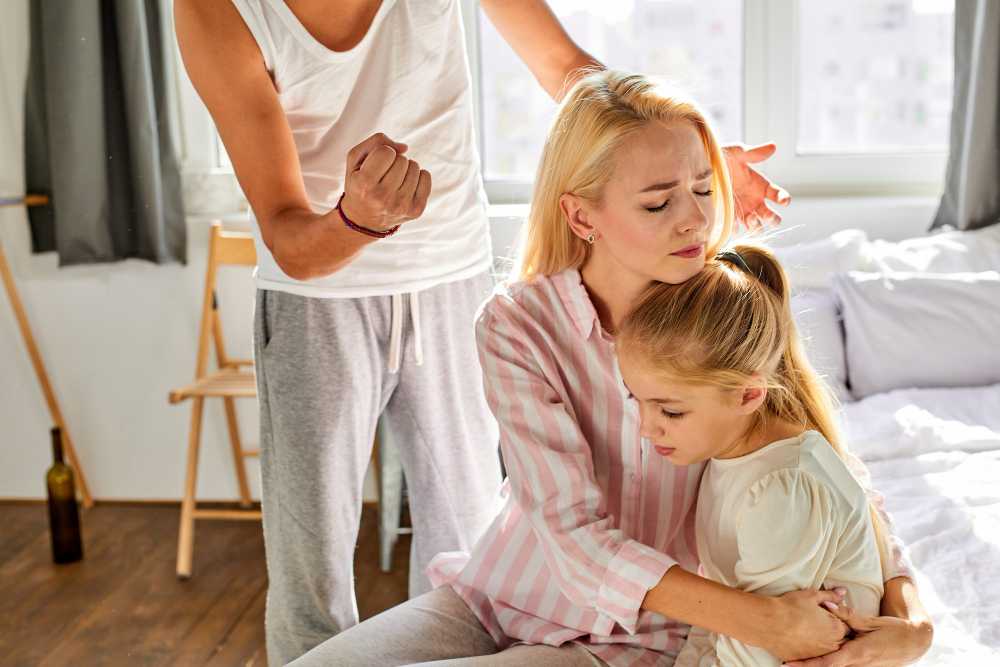Introduction
As an experienced teacher with 41 years of experience, I have witnessed the challenges
that teenagers face, including the potential for substance abuse and engagement in risky
behaviors.
It is crucial for parents and educators to be vigilant and proactive in identifying the signs of
such behaviors to address them effectively.
In this article, I will provide you with expert advice on recognizing the signs of substance
abuse and risky behaviors in teenagers and offer strategies for addressing these
concerns.
Physical and Behavioral Signs
Keep an eye out for the following physical and behavioral signs that may indicate
substance abuse or risky behaviors in teenagers:
Sudden changes in mood, behavior, or friends.
Decline in academic performance or loss of interest in previously enjoyed activities.
Increased secrecy or withdrawal from family and friends.
Frequent mood swings, irritability, or aggression.
Poor personal hygiene and appearance.
Bloodshot eyes, dilated or constricted pupils, or noticeable weight loss or gain.
Unexplained financial issues or stealing money.
Unusual smells on breath, body, or clothing.
Uncharacteristic dishonesty or lying.
Communication and Trust
Open lines of communication with your teenager and build a foundation of trust.
Create a supportive and non-judgmental environment where they feel comfortable
discussing their concerns, experiences, and emotions.
Establishing trust will encourage honesty and make it easier for your teenager to share if
they are struggling with substance abuse or risky behaviors.
Educate Yourself and Your Teenager
Stay informed about the various substances and risky behaviors that teenagers may
encounter.
Educate yourself on the signs and effects of substance abuse, as well as the potential
consequences of risky behaviors.
Share this knowledge with your teenager, discussing the associated risks and encouraging
them to make informed decisions.
Foster Healthy Relationships
Encourage your teenager to develop positive relationships with peers who share similar
values and aspirations.
Healthy friendships can provide support and influence teenagers in making responsible
choices.
Promote involvement in extracurricular activities or community programs that offer positive
social interactions.
Set Clear Expectations and Boundaries
Establish clear expectations and boundaries regarding substance use and risky behaviors.
Communicate your family’s values and the potential consequences of engaging in such
behaviors.
Enforce consistent rules and consequences while providing explanations for your
decisions.
Be an Active Listener
Listen attentively to your teenager’s concerns, experiences, and perspectives.
Show empathy and avoid being judgmental or dismissive.
By actively listening, you create an open space for your teenager to express themselves,
making it more likely for them to share their struggles and seek guidance.
Seek Professional Help
If you suspect substance abuse or risky behaviors in your teenager, consider seeking
professional help.
Consult with a school counselor, therapist, or healthcare professional experienced in
adolescent issues.
They can provide guidance, assessment, and appropriate interventions tailored to your
teenager’s needs.
Promote Healthy Coping Mechanisms
Encourage your teenager to develop healthy coping mechanisms to manage stress and
emotions.
Help them explore positive outlets such as engaging in hobbies, sports, art, or music.
Teach them techniques for managing stress, such as deep breathing exercises or
mindfulness practices.
Involve the School Community
Maintain open communication with your teenager’s school and teachers.
Collaborate with educators to address concerns and develop strategies for supporting
your teenager academically and emotionally.
Schools often have resources and programs in place to address substance abuse and
risky behaviors.
Lead by Example
Serve as a role model for your teenager by demonstrating responsible behavior, healthy
coping mechanisms, and respectful relationships.
Your actions speak louder than words, and your behavior can greatly influence your
teenager’s choices and values.
Conclusion
Identifying signs of substance abuse and risky behaviors in teenagers is crucial for their
well-being and development.
By recognizing the signs, fostering open communication, establishing trust, and seeking
appropriate support, you can address these concerns effectively.
Remember, early intervention and a supportive approach can make a significant difference
in helping teenagers overcome challenges and make positive choices for a brighter future.
![]()











